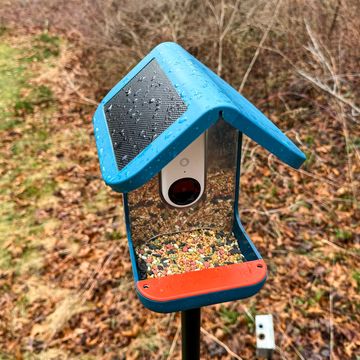A new study is challenging preconceived notions regarding how and where humans first migrated to North America.
Published yesterday in Nature, the study takes a close look at the history of the Beringa, also known as the Bering Strait Land Bridge. It's widely assumed that as the glaciers of the land bridge thawed, humans were able to pass through an ice-free corridor that opened up into what is now western Alaska.
The new paper, titled Postglacial viability and colonization in North America's ice-free corridor, offers a powerful counterfactual to that prevailing theory. While there was no ice in the Beringacorridor when it opened up 14,000 to 15,000 years ago, there was also no vegetation or game to sustain the migrants. Crossing through the corridor would have been a long journey, one that couldn't be made without supplies. This creates a timeline problem, since it's already been proven that people were in South America 14,700 years ago, and the corridor might not have been a viable route early enough for people to make it so far south when they did.
So Willerslev and his team looked for alternative routes. They've proposed that the earliest settlers took a route along the beaches of the land bridge, rather than through the corridor, where the ice had already melted into the ocean and fish could have been used as a food source. It's even possible that they used boats during the process. The corridor could have been used eventually, the researchers point out, by a group known as the Clovis people, but there is evidence to suggest the beach route would have been navigable first.
As the corridor continued to melt, flora and fauna began to fill the region, until it was eventually overrun with forests and and animal life including mammoths. Boats or not, when the corridor became passable, it was a vastly preferable route to the rocky beaches. It's possible, the researchers argue, that there was just one big migration via the beaches and the corridor was used afterward. "Further investigations of ancient DNA may help resolve this issue," they say.
David Grossman is a staff writer for PopularMechanics.com. He's previously written for The Verge, Rolling Stone, The New Republic and several other publications. He's based out of Brooklyn.













